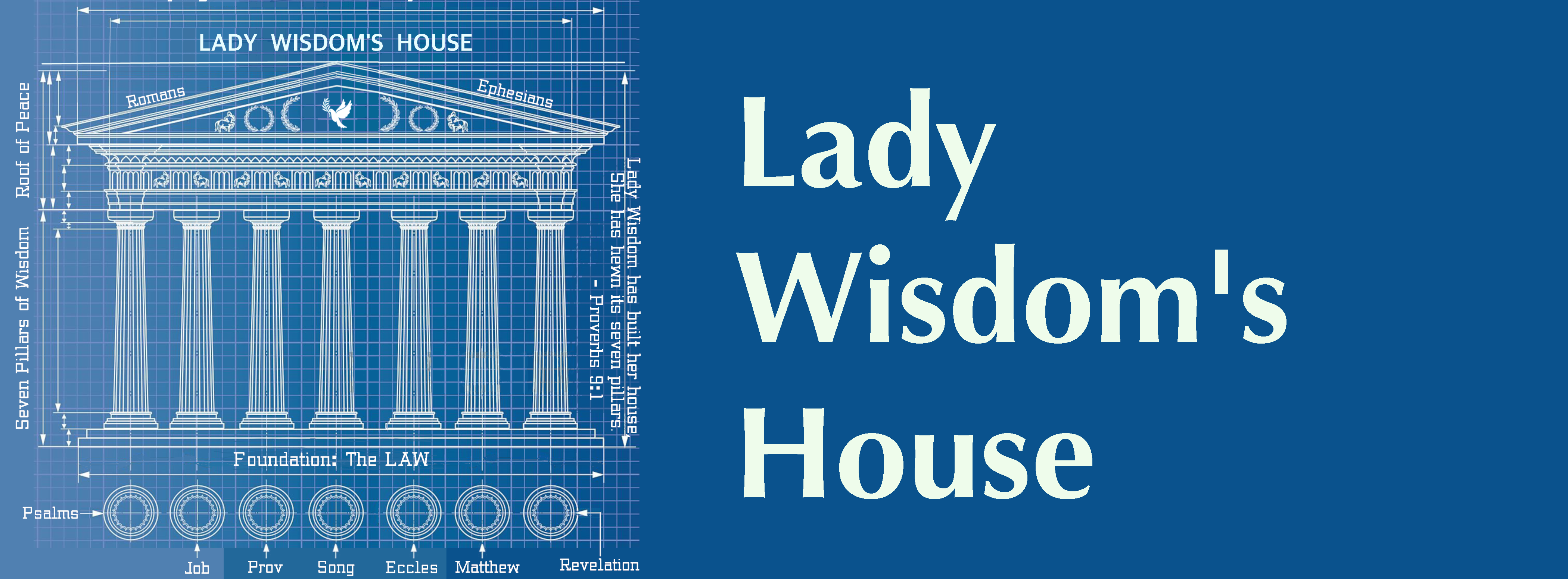A Model for the Ordination of Women
482 words long.
Published on 2024-03-23
Keller is clear that she believes women will never be permitted to serve in authoritative roles. I disagree with her, but also with many of her opponents. Agreeing with Keller, I accept the following propositions:
- The Bible has not been tampered with and its words can be trusted.
- The Apostle Paul did not speak in error or out of malice or misogyny.
- Jesus' death and resurrection did not immediately qualify women to serve as pastors and elders, or Paul would have said so.
- Paul's limitations in 1 Timothy and Ephesians were not just because of a few disorderly women, they were universal in scope, covering all churches in his era.
- The Scripture passages forming the legal basis regulating which men may become pastors and elders still apply only to men.
Reading my above concessions to Keller's logic one might assume there is no alternative to the complementarian view. Rather, it defines constraints that must be satisfied if another solution to the puzzle is to be found. After studying what the Bible has to say about ordaining people for service, some patterns are clear. The seeker or the community offer a sacrifice. They hold a special ceremony of ordination. God directly or through a prophet defines the rights and responsibilities of the position. And something is established about how to pass the baton to the next generation, such as regulations about hereditary offices or matters of character and wisdom. These patterns and the constraints guide us to the questions we must answer, namely statements we must find in the Bible and real events we must find in history. Only if we can answer these questions and point to these events can we assert that the Bible sanctions women serving in these roles. Here is what we must find:
- The actual offering of a special sacrifice for ordination
- A Bible story about a ceremony of ordination
- A prophetic metaphor in that Bible story that proves that the ceremony applies to women
- A prophetic framework for time that tells us when the ordination occurred
- A clear connection between that story and the challenging passages in 1&2 Timothy and Ephesians 5 that fairly reinterprets those texts
- An explanation for why the wait had to be so long, God’s purpose for women’s suffering even after the Cross
- Personal testimony demonstrating that I was guided to these ideas through supernatural means via the Holy Spirit
I have already partly addressed the seventh point, so the rest of this article will tackle the first six. It is time to find a Biblical model for the ordination of women.
NEXT: Submission: The Sacrifice of Long-suffering Christian Women

